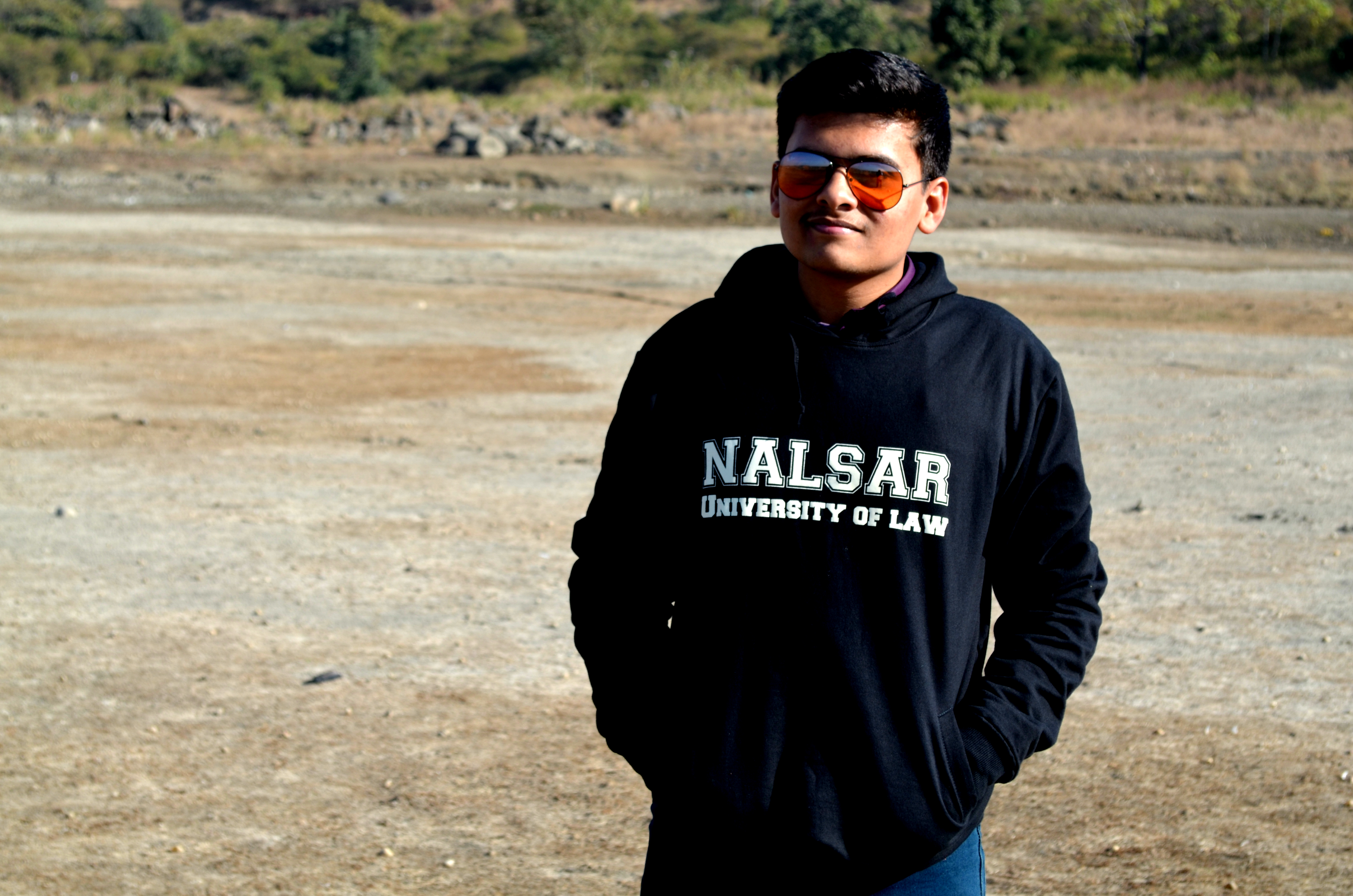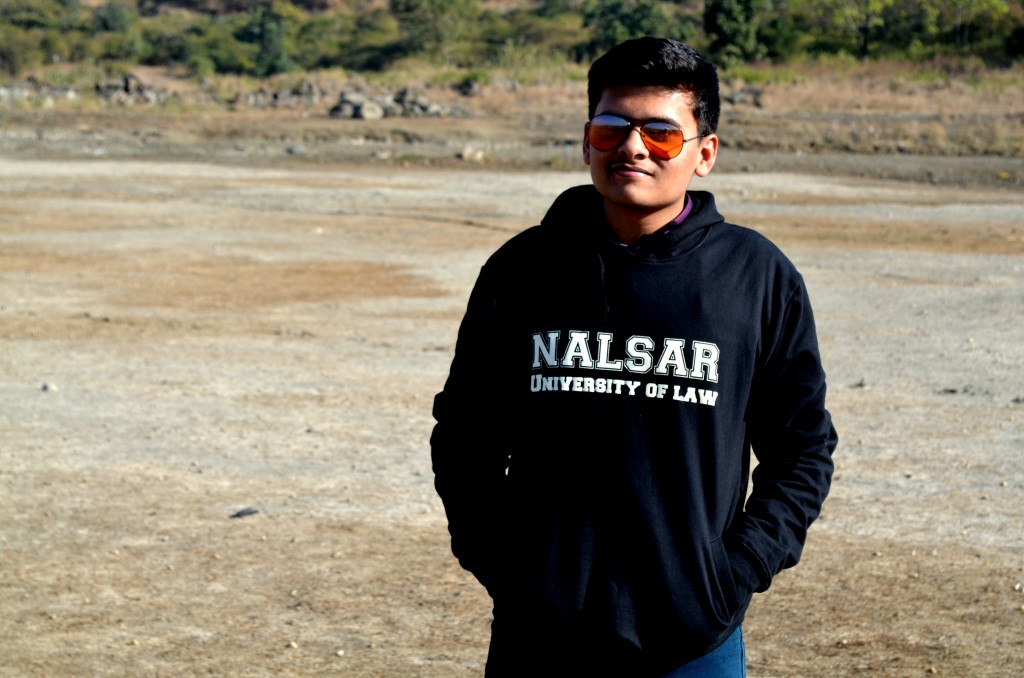In this blogpost, Abhiraj Thakur, Student, NALSAR University of Law, writes about the conditions when due to the wrongs committed by the servants of the state, constitutional rights of a person are violated. How far can the state be accorded liability under the tort law? How has this concept grown over the past centuries.
What are Constitutional Torts?
Tort[1] is a civil wrong which results in unliquidated damages(Damages that are not predetermined) if one person violates the legal right of the other. But if the individual is violating other’s legal right is rather a government servant then the torts arising will be categorized as a constitutional tort[2]. The constitutional torts are solely based on the concept of vicarious[3] liability of the state for which the maxim stands as “quifacit per alium facit per se” i.e. He who acts through another does the act himself. The concept of vicarious liability postulates that if an employee commits a tort in the course of employment, then his master or employer will be vicariously liable despite the fact that he himself did not commit the tort.
So, the inherent principle of constitutional tort can be built as to whenever a tort is committed by a government servant in discharge of a non-sovereign function the state is vicariously liable for the said tort.
Historical Approach to State Liability
In medieval Europe, the primary duty of the king was to ensure protection of people and their property and maintain a peaceful ambiance having equitable laws. In the discharge of this duty, the king was not immune to pay compensation to public in general. The instances of king paying compensation for stolen property to aggrieved party when the officials cannot recover the said stolen property make the scenario quite evident. But in English legal system the similar liability of king was completely absent as they regarded the notion that “the king can do no harm” but due to the fact that immunity enjoyed by British crown did not particularly extend to the East India company neither of the acts dealing with State liability provided any immunity to the Company or Secretary of the state of India[4].
State liability during British period was accorded with a different definition by different Acts. Initially, it found a place in the Government of India Act 1858 which said that the secretary of state can sue and be sued for liabilities and disregarded to extend the immunity which the Crown enjoyed. Further, the concept evolved, and most refined and precise form was traced in Section 176(1) of Government of India Act 1935[5] which also forms the basis for Article 300 which provides state liability in the present scenario.
Liability of State
The doctrine of state liability was first highlighted in P. & O. Steam Navigation Co. vs. Secretary of State[6] which involved the accident of plaintiff due to the negligence of government servants. In the historical case, Sir Barnes Peacock C. J. held that the immunity which British crown enjoyed cannot be extended to East India Company and hence the state was liable to pay the compensation. This case is also significant because apart from state liability it also showcased the distinction between sovereign and nonsovereign function of state. During the post-independence period, Devaki Nandan Prasad v. State of Bihar[7] was the breakthrough case which adjudged the novel concept of Compensatory Jurisdiction and constitutional tort. In this judgment the court apart from granting the petition also provided a sum of Rs.25000 as exemplary cost.
Can civil liability arise as a consequence of the violation of constitutional right?
Though the concept of state liability was incorporated way back during British rule, the main concern was that whether a civil liability can arise as a consequence of the violation of constitutional right. So, the first case which dealt with this issue was Rudul shah v. State of Bihar[8]. In this case, the petitioner Rudul Shah suffered an unlawful detention for about 14 years. It was in this case that the court held that it would be mere lip-service as to protection of fundamental rights if the petitioner is not awarded the optimal compensation for the gross violation of Right to life and liberty. After the aforementioned case the concept of constitutional tort was highlighted in a number of cases one such being Bhim Singh v. State of Jammu and Kashmir[9]. In this case, the court held that if a person complains that his/her legal right has been invaded the court has jurisdiction to provide the aggrieved party with monetary compensation.
In Nilabati behera v. State of Orissa[10] the court gave an important proposition that sovereign immunity from tortious acts of state officials is different from state’s liability for contravention of the fundamental right. Hence, the defense of sovereign immunity finds no place in the claim for constitutional remedies under Article 32[11] and 226[12] vis-à-vis the compensation for contravention of constitutional rights.
How far can the liability extend?
- Is it available to foreign Nationals Also?
The most celebrated judgment in regards to civil liability in consequence of the violation of the fundamental right which inter alia discussed the contours of this liability was of Chairman, Railway board v. Chandrima das[13]. In this case, a Bangladeshi woman on her way to the holy shrine in Ajmer was raped by railway officials in Kolkata. Later, a petition under Article 226 was filed by Chandrima Das a practicing advocate of Calcutta high court against railway board to seek compensation for Hanufa Khatun. It was contended that Hanufa Khatun being a foreign national is not entitled to compensation as no constitutional right were violated.
The court after considering various issues put forward by Petitioner and respondent granted a compensation of Rs. 10 lakhs. Firstly, on the grounds of Domestic jurisprudence based on constitutional provisions and the grounds of Human rights Jurisprudence based on Universal Declaration of Human Rights, 1948. Supreme Courts also contended that rape qualifies to be a gross violation of fundamental right to life and personal liberty which is available to a person in general. Hence, Court awarded a compensation claiming that the foreign tourist and visitors owe a behavior of high dignity which an obligation is resting on each citizen of the country.
The court rightly observed that allowing a complete immunity in nature of sovereign functions may result in misuse of the said powers.
Law is not static but dynamic, In the modern world having a complex society the encounters between the people and state have become frequent in number and relevant in nature. Hence these encounters often result in legal mishaps demanding redressal. Also, most of these cases fall under the ambit of tort law because of the fact that to seek redressal through civil court tort law is the one branch which appears most feasible owing to fact of its vastness. So, it’s evident that tort law being still in its evolving stage owes a great importance and state liability being its part can be a genuine tool for redressal against the violations committed by the state officials.
[1] TORT: DEFINITION OF TORT IN OXFORD DICTIONARY (BRITISH & WORLD ENGLISH), http://www.oxforddictionaries.com/definition/english/tort
[2] DOCTRINE OF CONSTITUTIONAL TORT: EVOLUTION AND EVALUATION, http://www.legalservicesindia.com/articles/dct.htm.
[3] VICARIOUS: DEFINITION OF VICARIOUS IN OXFORD DICTIONARY (BRITISH & WORLD ENGLISH), http://www.oxforddictionaries.com/definition/english/vicarious
[4] HISTORICAL PERSPECTIVE OF LIABILITY OF STATE IN INDIA, http://shodhganga.inflibnet.ac.in/bitstream/10603/37607/8/08_chapter%202.pdf
[5] “The Federation may sue or be sued by the name of the Federation of India and a Provincial Government may sue or be sued by the name of the Province, and without prejudice to the subsequent provisions of this chapter, may subject to any provisions which may be made by Act of the Federal or Provincial Legislature by this Act, sue or be sued in relation to their respective affairs in the like cases as the Secretary of State in Council might have the power to sue or be sued if this Act had not been passed.”
[6]Peninsular and Oriental Steam Navigation Company v. Secretary of State for India 1869 ILR 28 Bom 314
[7] Devaki Nandan Prasad v. State of Bihar AIR 1983 SC 1134
[8] Rudul Shah v. State of Bihar AIR 1983 SC 1086
[9] Bhim Singh v. State of Jammu and Kashmir AIR 1986 SC 494
[10] Nilabati Behra v. State of Orissa AIR 1993 SC 1960
[11] Art. 32, The Constitution of India.
[12] Art. 226, The Constitution of India.
[13] Chairman, Railway board v. Chandrima das AIR 2000 SC 988
 Serato DJ Crack 2025Serato DJ PRO Crack
Serato DJ Crack 2025Serato DJ PRO Crack









 Allow notifications
Allow notifications



